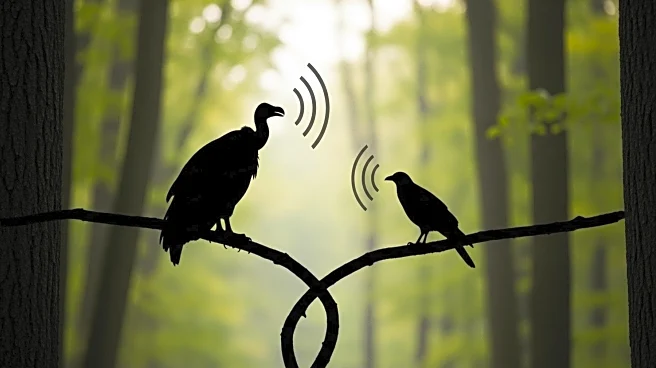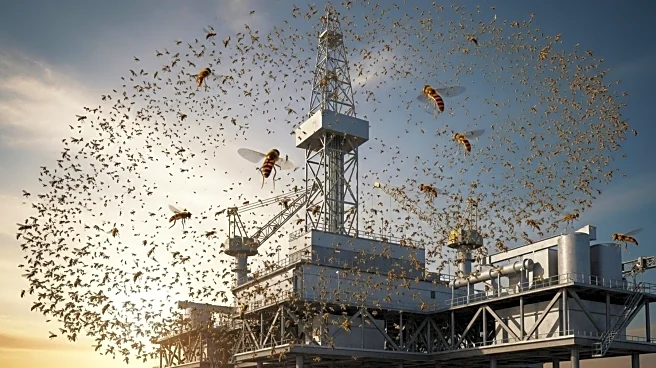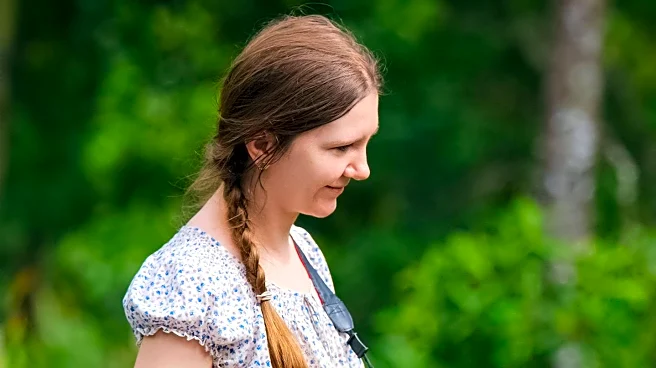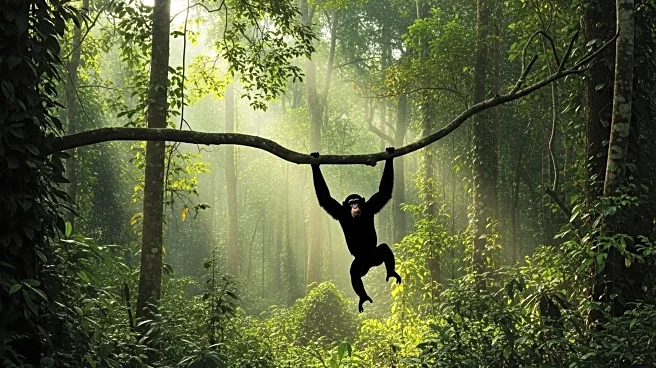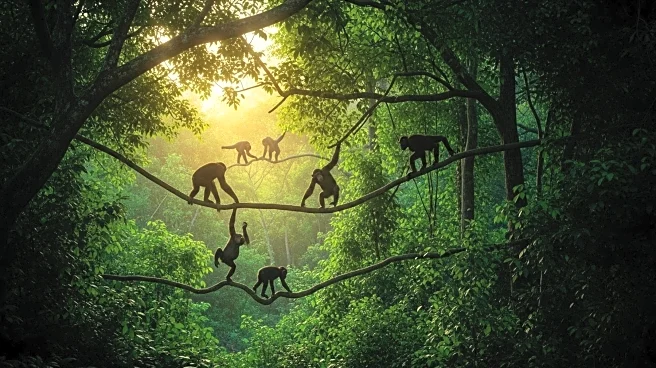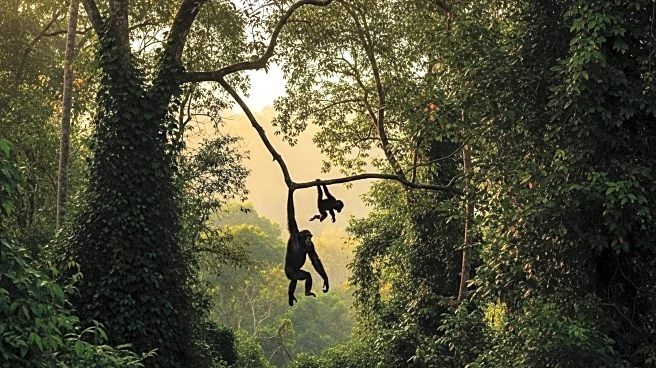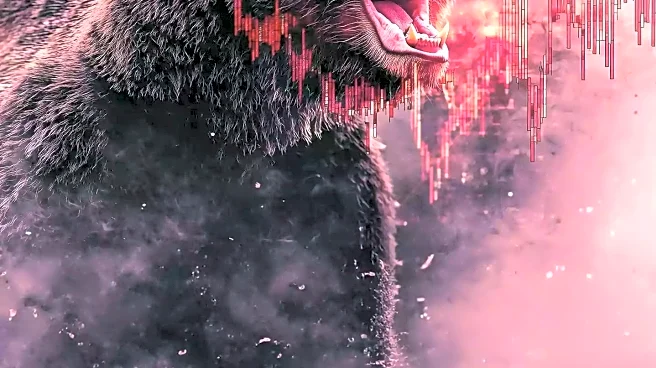What is the story about?
What's Happening?
Recent research has uncovered that birds across multiple species have developed a cooperative warning call in response to the presence of brood parasites. These parasites lay their eggs in the nests of other birds, imposing a burden on the host species. The study, published in Nature Ecology & Evolution, reveals that birds on four continents use a similar vocalization to alert others of the threat, demonstrating a complex network of interspecies communication. Additionally, bearded vultures have been found to collect human-made artifacts in their nests, acting as natural museums preserving historical materials.
Why It's Important?
The discovery of interspecies warning calls among birds highlights the adaptive strategies developed in response to ecological pressures. This behavior suggests a level of cooperation and communication that may influence evolutionary processes. Understanding these interactions can provide insights into the dynamics of ecosystems and the role of communication in survival strategies. The findings regarding bearded vultures offer a unique perspective on the intersection of human and natural history, showcasing the birds' role in preserving cultural artifacts.
What's Next?
Further research may explore the mechanisms behind these warning calls and their impact on bird populations and ecosystems. Scientists could investigate the evolutionary pathways that led to such complex communication systems and their implications for biodiversity. The study of bearded vultures' nesting habits may lead to collaborations between ecologists and archaeologists to better understand the preservation of historical materials in natural settings.
Beyond the Headlines
The study of interspecies communication among birds raises ethical questions about human impact on wildlife and the importance of preserving natural habitats. It also prompts consideration of how human activities influence animal behavior and the preservation of cultural heritage. The findings encourage a reevaluation of conservation strategies to support biodiversity and protect ecological networks.
AI Generated Content
Do you find this article useful?
